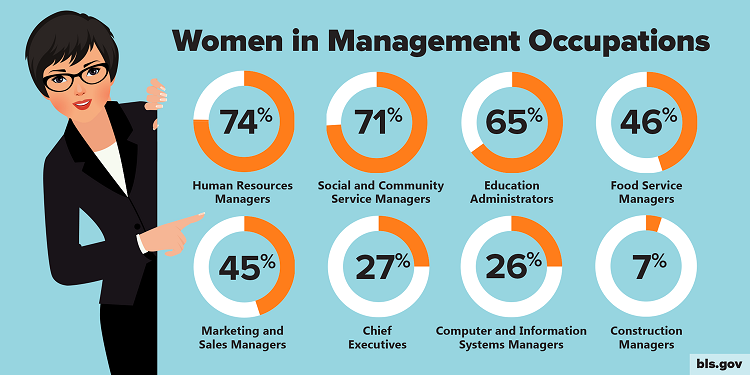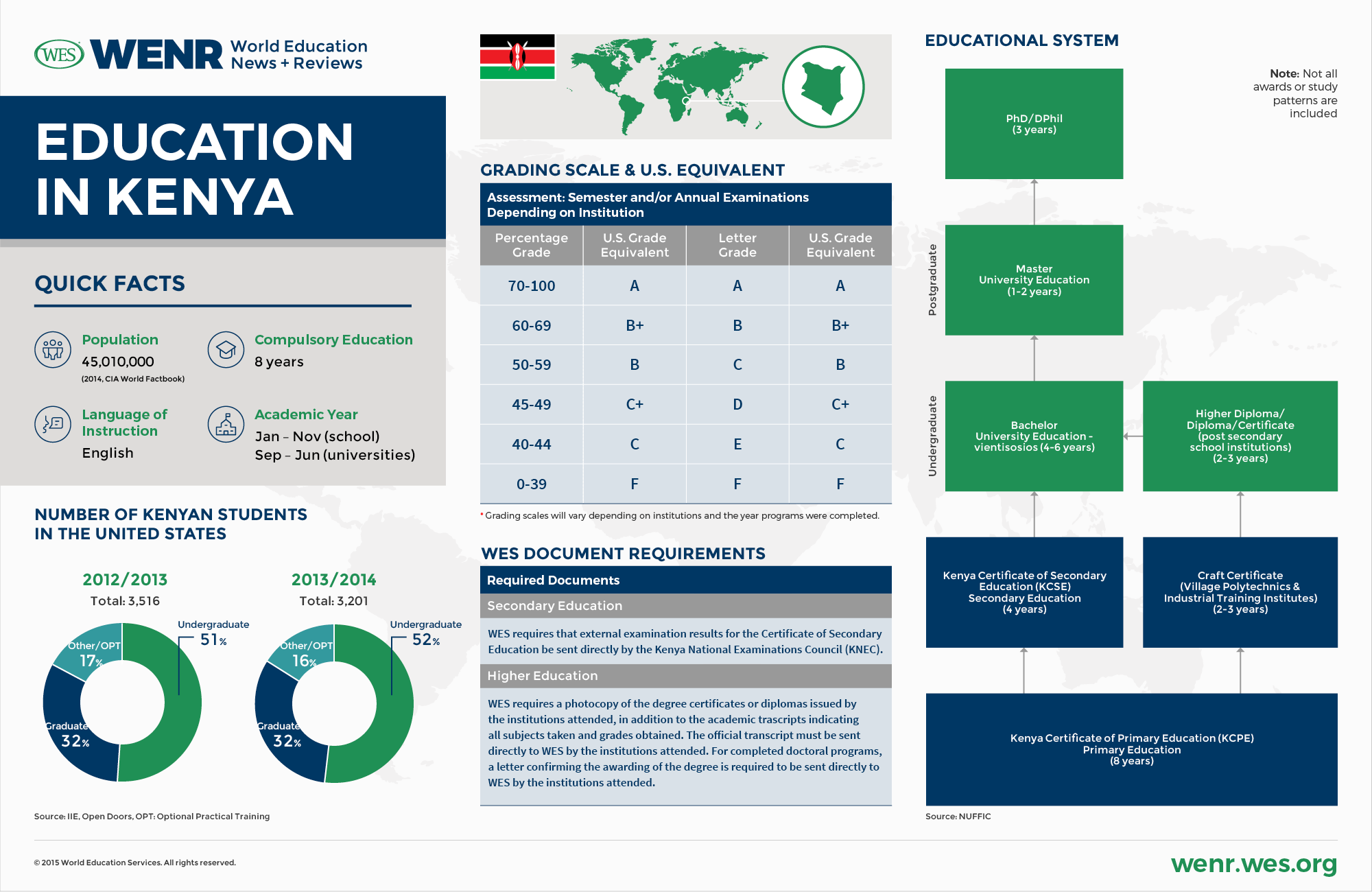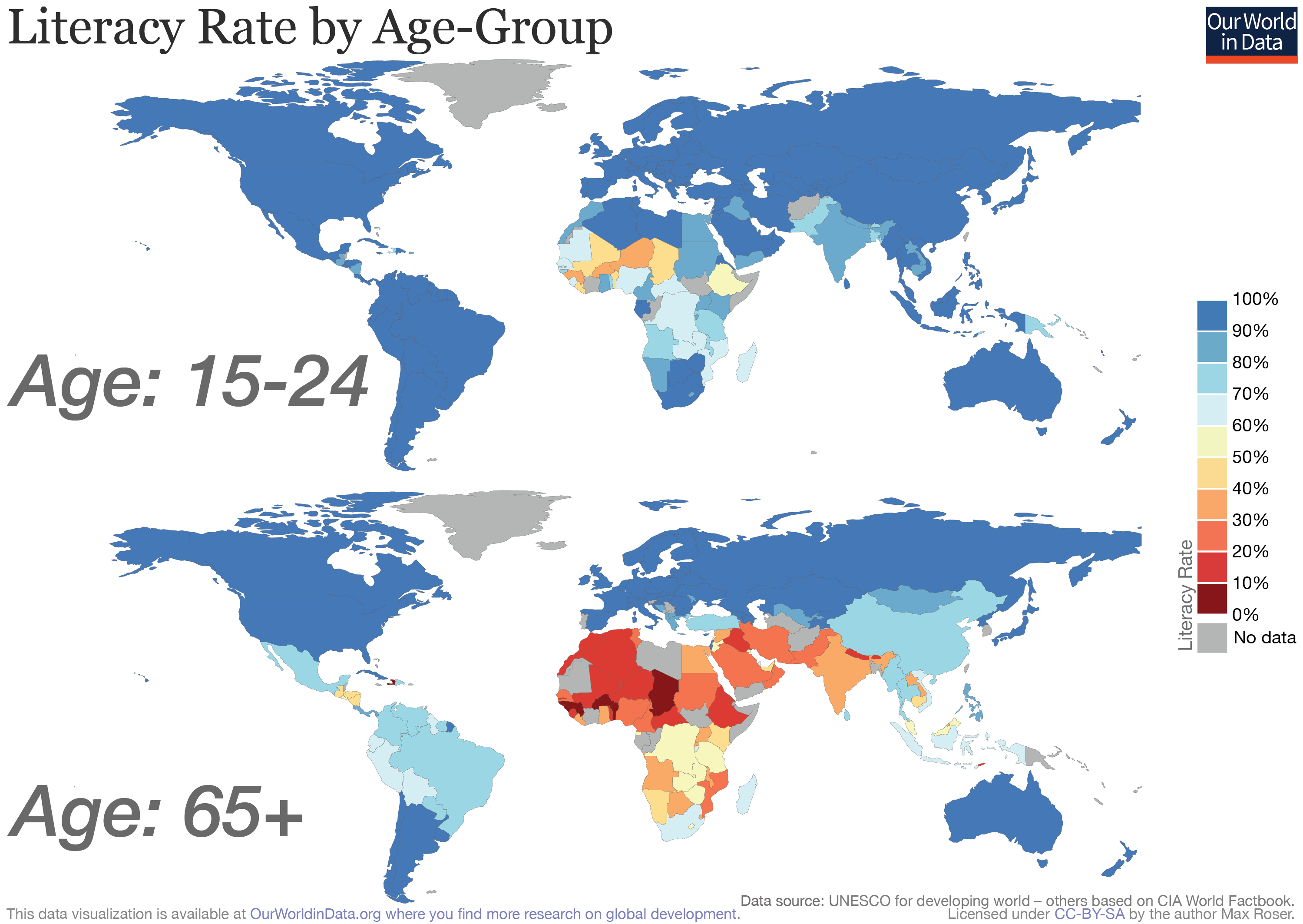I had the opportunity to listen to Sir Ken Robinson speak at Lynn University a few years ago and his perspective on education is wonderful to hear. He is most realistic in his approach and realistic with what he has to say. I also find his humorous approach to be disarming which is good because it allows us to enjoy what we are hearing while taking in new information.
Specifically, at TED2006, Sir Ken Robinson spoke to the way in which the educational system is designed to stifle creativity. This is a major concern since everyone on the planet has a stake in the education of students and how can students be prepared for an economy which is wholly unpredictable overall if they are not able to explore creative ideas they have. As Sir Ken Robinson (2006) states, “If you are not prepared to be wrong, you will never come up with anything original.” Skill sets needed to disrupt systems are not born from rote fact memorization.

Image Source: https://www.gettingsmart.com/2018/01/5-ways-for-teachers-to-nurture-the-creative-genius-in-their-students/
Sir Ken Robinson also used the RSA Animate platform (n.d.) to discuss the current reforms on the public education system. Echoing his sentiments from his TED20016 talk, one of the biggest problems we face is how do we prepare the children to be successful in a future that is not understood based on learning information which is the way it has always been. More recently, acquiring a college diploma does not guarantee one highly compensated employment. Since the system which is in place was built to help prepare students for a completely different time.
These ideas are aligned with my own position that year-round schooling would be more appropriate for students than the traditional ‘summers off’ model which was developed in the industrial age so that students would be able to help their families during the time of harvest. While this still may occur in certain parts of the country, it is certainly not that way everywhere in the United States of America. Deep research is needed to determine if this is truly one of the best ways forward, but, it might help to close the achievement gap.
References
Robinson, K. (n.d.). Changing education paradigms. RSA Animate. Retrieved from: https://www.ted.com/talks/ken_robinson_changing_education_paradigms
Robinson, K. (2006). Do schools kill creativity? TED2006. Retrieved from: https://www.ted.com/talks/ken_robinson_says_schools_kill_creativity/up-next







